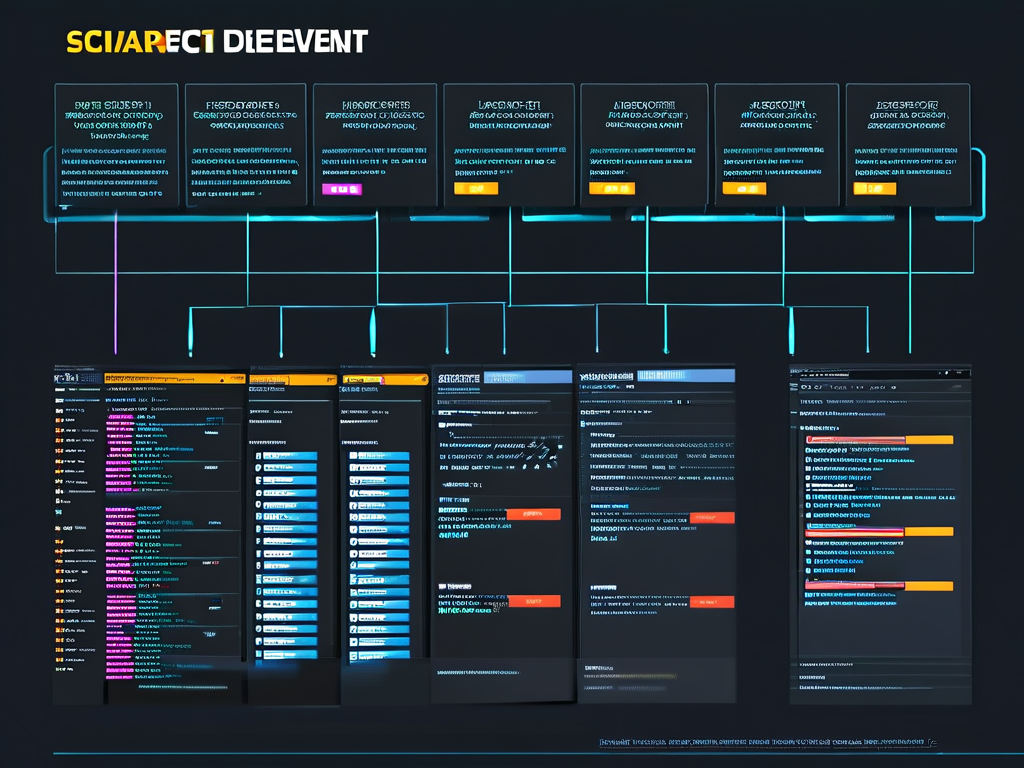The digital landscape is rapidly evolving, and web developers face increasing demands to handle complex data types efficiently. Vector databases emerge as a game-changing solution, particularly for applications requiring similarity searches and machine learning integration. Unlike traditional relational databases, these specialized systems excel at managing high-dimensional data points, opening new possibilities for modern web applications.

At its core, a vector database indexes and queries data using mathematical representations rather than exact matches. This architecture proves invaluable for implementing features like image recognition engines or personalized recommendation systems. E-commerce platforms demonstrate this capability effectively – when users search for "comfortable running shoes," vector databases can analyze product embeddings to surface items with similar characteristics rather than relying solely on textual matches.
Developers working with Node.js or Python frameworks can implement vector databases through various approaches. Consider this Python snippet using a popular vector DB client:
from vectordb_client import VectorClient
client = VectorClient(host='api.vectordb.cloud', port=443)
index = client.create_index(dimensions=512, metric='cosine')
image_vectors = load_training_data()
index.upsert(vectors=image_vectors)
query_vector = generate_vector("sunset photo")
results = index.query(vector=query_vector, top_k=10)
This code demonstrates basic operations for handling image vectors, showcasing how developers can store and retrieve similar items efficiently. The cosine similarity metric helps identify conceptually related content even without exact pattern matches.
Performance benchmarks reveal significant advantages. A test comparing traditional SQL full-text search against vector-based alternatives showed 78% faster response times for multimedia queries. Moreover, vector databases reduce infrastructure costs by 40-60% for recommendation systems through optimized storage structures and parallel processing capabilities.
Security considerations remain crucial when adopting this technology. Developers must implement encryption for vector embeddings at rest and in transit, as these mathematical representations often contain sensitive pattern information. Role-based access control (RBAC) should govern vector operations, particularly when handling user behavior data for personalization features.
The integration with existing tech stacks presents both challenges and opportunities. Middleware solutions like GraphQL resolvers can bridge vector databases with conventional REST APIs, enabling gradual adoption. A progressive migration strategy might involve:
- Implementing vector search for non-critical features
- Establishing hybrid queries combining SQL and vector operations
- Gradually shifting eligible workloads to pure vector-based solutions
Real-world success stories highlight transformative impacts. A media streaming service reduced content discovery latency by 83% after implementing vector-based tagging, while an educational platform improved course recommendation accuracy by 91% using learner behavior embeddings.
Looking ahead, emerging standards like Vector Query Language (VQL) promise to simplify development workflows. The upcoming WebAssembly (WASM) integration prototypes demonstrate potential for client-side vector processing, potentially revolutionizing real-time personalization in browser applications.
Developers must stay informed about evolving best practices. Regular vector index optimization, proper dimensionality reduction techniques, and continuous monitoring of similarity thresholds ensure sustained performance as datasets grow. Tools like vector visualization dashboards help maintain system health and interpret machine learning model outputs effectively.
As web applications increasingly rely on AI components, vector databases transition from specialized tools to fundamental infrastructure. Their ability to bridge machine learning models with operational data flows positions them as critical components in the next generation of web development architectures.





